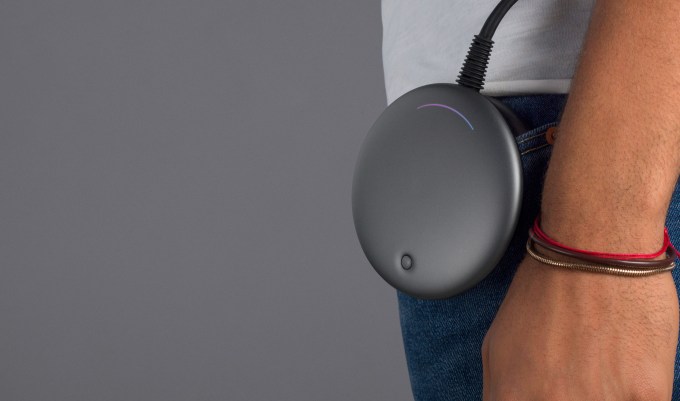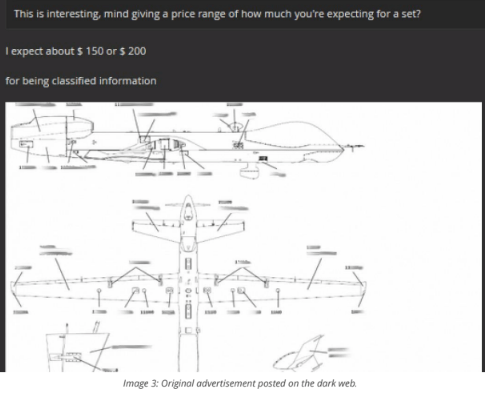TechCrunch Disrupt San Francisco 2018 is bringing the world together, one hack at a time. With our flagship conference doubling in size this year, we decided to expand our Hackathon, too. Our first-ever Disrupt Virtual Hackathon is for developers, designers, hackers and marketers worldwide to show off their skills with a chance of getting a free pass to Disrupt SF, as well as several other great prizes. There’s about a month left to submit projects, so sign up today and start building!
So how does it work? First you’ve got to sign up here and submit your hack by August 2. Then, we’ve gathered some great hackathon judges from Pinterest, Slack and more who will score all of the hacks submitted virtually. They’ll assign a rating from 1 to 5 based on the quality of the idea, technical implementation of the idea and the product’s potential impact. Teams with scores in the top 100 will receive up to 5 Innovator Passes to Disrupt SF for each of the members of their team. The top 30 of that group will move on to the semi-finals and be able to demo their creations at Disrupt SF. Then, 10 of the semi-finalists will take their team to The Next Stage to demo their product to the world. The “Best in Show” team will win a grand prize of $10,000 and be crowned as TC Disrupt Virtual Hackathon’s first champion.
We have tons of great sponsor challenges to earn additional prizes and cash, from AI for autonomous vehicles to an interactive 360 VR experience. We’re excited to announce two new sponsor contests from Sony Pictures and United Airlines.
Sony Pictures
“Searching” from Sony Pictures is a hyper-modern thriller told via the technology devices we use every day. Director Aneesh Chaganty, formerly of Google, uses webcams, iPhone front cams and computer screen capture to immerse the audience in the storyline.
In Searching, tech is both at the heart of the problem and also the tool used to reunite father and daughter. Some of the world’s most exciting technological advances have had unintended consequences on vulnerable minors.
Cyber safety is now a legitimate concern of the modern parent. How can this movie engage and challenge tech professionals to think of new, innovative ways to safeguard minors online?
Challenge: The goal of our participation in the hackathon is to actively seek Chrome Extensions that will help parents and children be more mindful of their digital lives.
Sponsor Prize: First place – $9,000
United Airlines
United Airlines is not only one of the world’s largest airlines that generates revenue of more than $42 billion and employs approximately 85,000 employees, they also have a Digital organization that supports many of our digital assets (United.com, MobileWeb, Mobile App, Kiosk). United.com is one of the largest e-commerce sites by sales volume of more than $15 billion, and daily visitors of more than 1 million.
United’s NDC (New Distribution Capability) APIs enable clients to shop for and purchase travel on United. Clients can shop for flights meeting their criteria (trip origin-destination, dates, cabin, etc.), shop for United ancillaries like Economy Plus extra leg room seating and United ancillary bundles, and submit payment to create bookings for their travel. United’s NDC 17.2 APIs are industry-standard SOAP XML APIs similar to those used by other prominent carriers around the world.
Challenge: Create an app that helps provide customers with a unique experience with United flight and ancillary offers, to book and pay for reservations and to view reservations.
Sponsor Prize: Best Use of United APIs: Round trip ticket voucher, eligible for anywhere United flies, for all members of the winning Hackathon team (up to $2,400 per person).
It’s 100 percent FREE to participate in our virtual hackathon and we’re pumped to see what everybody will create. Sign up today and let the hacking begin!




 These powerful new ad units demote organic content in Explore, which could make it less useful for getting a grip on what’s up in the world at a glance. But they could earn Twitter strong revenue by being much more eye-catching than the traditional Timeline ads that people often skip past. That could further fuel Twitter’s turnaround after it soundly beat revenue estimates in Q1 with $665 million. Its share price of about $44 is near its 52-week high, and almost 3X its low for the year.
These powerful new ad units demote organic content in Explore, which could make it less useful for getting a grip on what’s up in the world at a glance. But they could earn Twitter strong revenue by being much more eye-catching than the traditional Timeline ads that people often skip past. That could further fuel Twitter’s turnaround after it soundly beat revenue estimates in Q1 with $665 million. Its share price of about $44 is near its 52-week high, and almost 3X its low for the year.